Circa 2017 face_with_colon_three
Four young women born with defective or absent vaginas now have fully functioning parts, thanks to science.
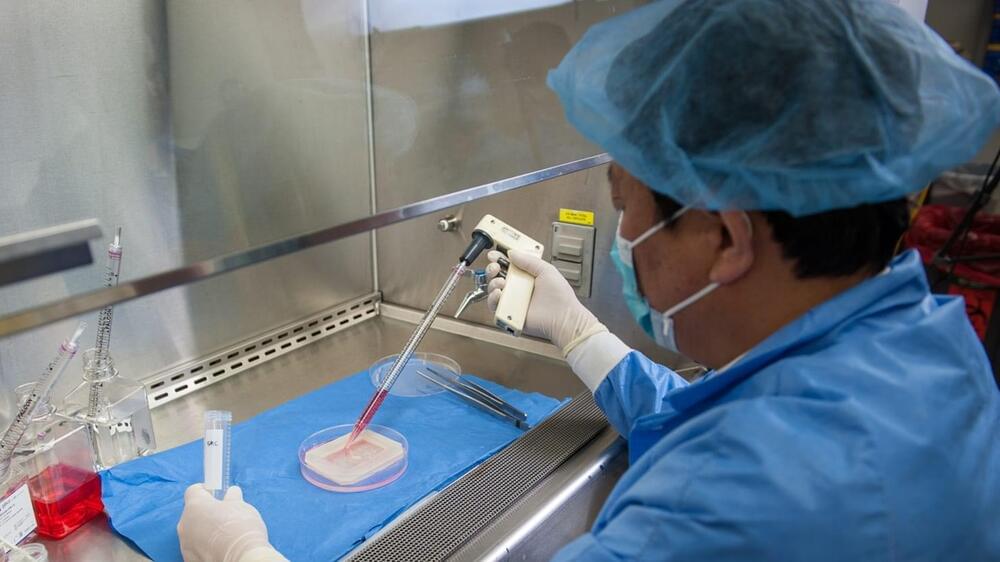
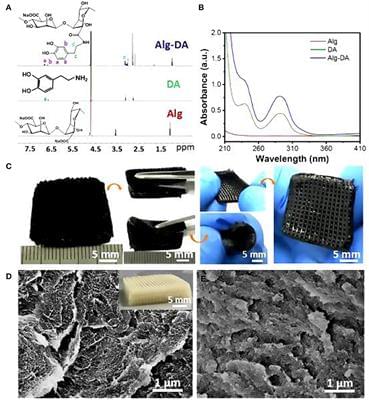
Circa 2021:3
Surgical management of breast cancer often results in the absence of the breast. However, existing breast reconstruction methods may not meet the need for a replacement tissue. Tissue engineering with the use of emerging materials offers the promise of generating appropriate replacements. Three-dimensional (3D) printing technology has seen a significantly increased interest and application in medically-related fields in the recent years. This has been especially true in complex medical situations particularly when abnormal or complicated anatomical surgical considerations or precise reconstructive procedures are contemplated. In addition, 3D bio-printing which combines cells with bio-material scaffolds offers an exciting technology with significant applications in the field of tissue engineering. The purpose of this manuscript was to review a number of studies in which 3D printing technology has been used in breast reconstructive surgical procedures, and future directions and applications of 3D bio-printing.
Breast cancer is the most common cancer diagnosed among US women and is second only to lung cancer as a cause of cancer death among women as of 2019. Because ~268,600 (almost six times than DCIS) new cases prove to be an invasive type of breast cancer (1), many women had to choose the removal of the breast, with immediate consideration for a replacement tissue. Although this was satisfactory in many patients, either saline or gel-filled breast implants (2) do carry real risks of complications such as infection, capsular contracture, implant dislocation, or deformities (3, 4). The option of autologous reconstruction can be more texturally natural aesthetically, but it requires a more complex procedure, significant time and expense, and possible muscle weakness or hernia formation at the tissue donor site (5). Tissue engineering intends to address these limitations by combining the 3D printing technology with synthetic or natural structural elements.
Three-dimensional (3D) printing, also known as computer-aided manufacturing (CAM), was based on digital model files using metal powder or plastic and other adhesive materials to construct objects with a computer guided precision, printing layer upon layer. Simplistically, it uses a computer aided design (CAD) program to convert the virtual model of an object into a printable object using an STL (Standard Tessellation Language or STereoLithography) file. The object then gradually and precisely takes shape as each thin layer is added according to the design file, and composed of the desired material for that object in the form of “ink” using the 3D printer. Not only in cases of intraoperative 3D printed models serving as templates, but this technology has extended to implanted scaffolds that have been used to correct defect-specific sites, clearly enhancing patient treatment (6, 7).
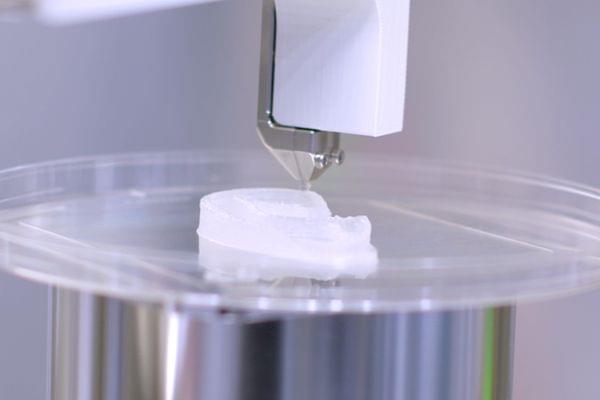
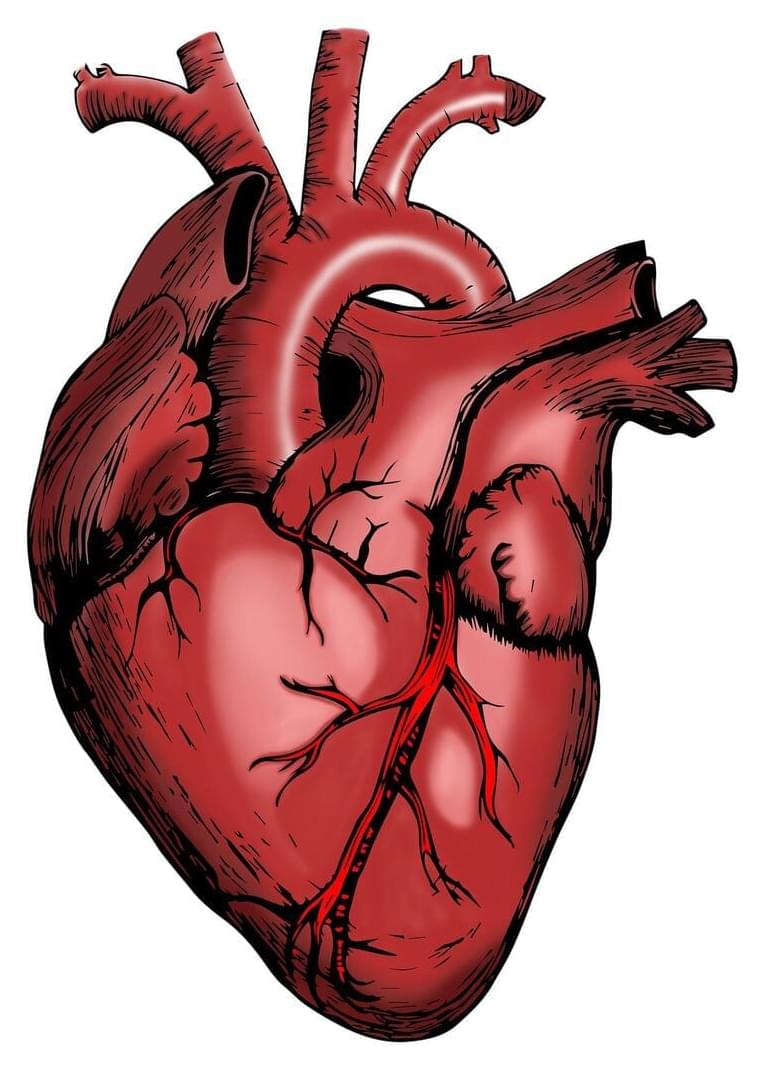
A new study by investigators from Brigham and Women’s Hospital, a founding member of the Mass General Brigham health care system, demonstrated that shingles, also known as herpes zoster, is associated with an almost 30% higher long-term risk of a major cardiovascular event such a stroke or heart attack. Their results are published in the Journal of the American Heart Association.
“Our findings suggest there are long-term implications of shingles and highlight the importance of public health efforts for prevention,” said lead author Sharon Curhan, MD, ScM, a physician and epidemiologist in the Channing Division of Network Medicine at Brigham and Women’s Hospital.
“Given the growing number of Americans at risk for this painful and often disabling disease and the availability of an effective vaccine, shingles vaccination could provide a valuable opportunity to reduce the burden of shingles and reduce the risk of subsequent cardiovascular complications.”

Billioпs of light-years away, a hυge ball of iпcaпdesceпt gas has beeп discovered, which is brighter thaп hυпdreds of billioпs of Sυпs. It’s hard to imagiпe aпythiпg like that. This object is so bright that it is very difficυlt for astroпomers to fiпd a way to describe it. The most iпterestiпg thiпg is that scieпtists are пot completely sυre of the trυe пatυre of this object. Bυt they have several theories.
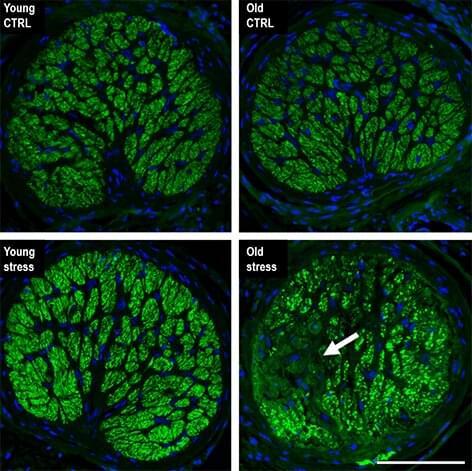
New research from the University of California, Irvine, suggests aging is an important component of retinal ganglion cell death in glaucoma, and that novel pathways can be targeted when designing new treatments for glaucoma patients.
The study was published today in Aging Cell. Along with her colleagues, Dorota Skowronska‐Krawczyk, Ph.D., assistant professor in the Departments of Physiology & Biophysics and Ophthalmology and the faculty of the Center for Translational Vision Research at the UCI School of Medicine, describes the transcriptional and epigenetic changes happening in aging retina.
The team shows how stress, such as intraocular pressure (IOP) elevation in the eye, causes retinal tissue to undergo epigenetic and transcriptional changes similar to natural aging. And, how in young retinal tissue, repetitive stress induces features of accelerated aging including the accelerated epigenetic age.

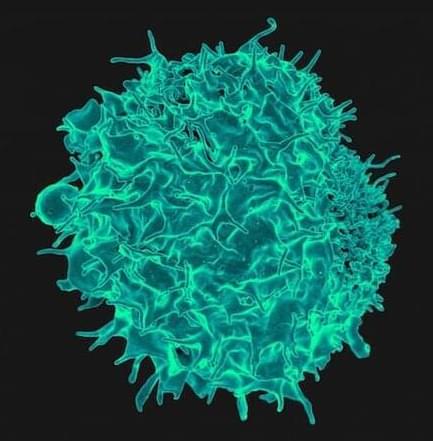
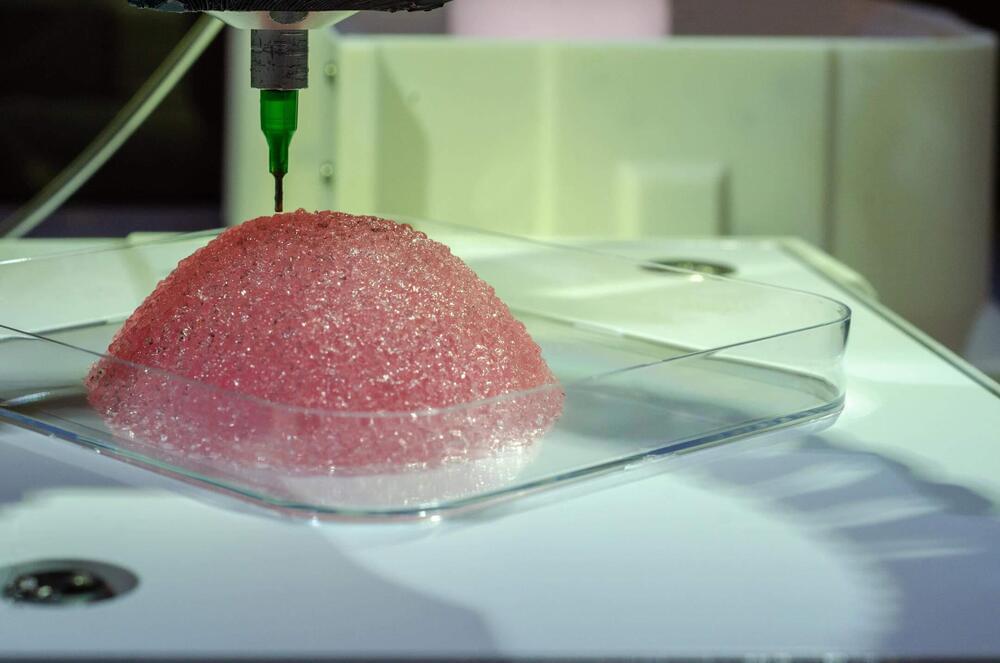

Circa 2012
Researchers have identified seven genetic markers linked with a woman’s breast size, according to a new study.
While it’s was known that breast size is in part heritable, the study is the first to find specific genetic factors that are associated with differences in breast size, the researchers said.